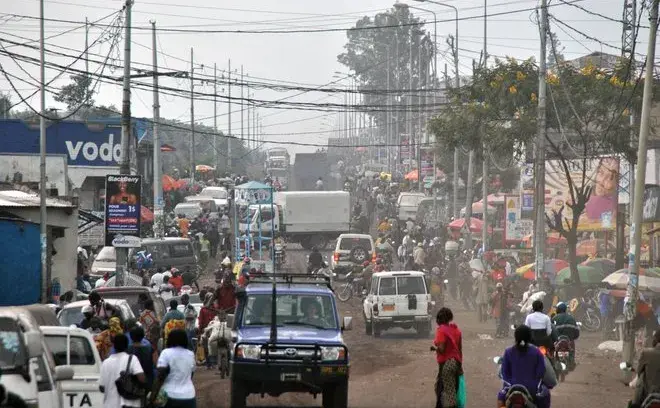Clone of Nobel Laureates Guide to Smarter Global Targets to 2030
Prioritizing 19 targets instead of the UN’s 169 targets is equivalent to doubling or quadrupling foreign aid
Over the past 18 months, we have published 100+ peer-reviewed analyses from 82 of the world’s top economists and 44 sector experts along with many UN agencies and NGOs. These have established how effective 100+ targets would be in terms of value-for-money (click here for a graphical overview).
An Expert Panel including two Nobel Laureates has reviewed this research and identified 19 targets that represent the best value-for-money in development over the period 2016 to 2030, offering more than $15 back on every aid dollar invested.
Reaching these global targets by 2030 will do more than $15 of good for every dollar spent.
The expert analyses suggest that if the UN concentrates on 19 top targets, it can get $20 to $40 in social benefits per dollar spent, while allocating it evenly across all 169 targets would reduce the figure to less than $10. Being smart about spending could be better than doubling or quadrupling the aid budget” - Bjorn Lomborg.
The work of the economists could be a game-changer for the UN’s negotiations over the coming months. While the 169 targets that are currently on the table are undoubtedly well-intentioned, some targets prove to generate much higher economic, social and environmental benefits than others. With limited resources, governments should forgo the instant gratification of promising everything to everyone, and instead prioritize the most effective development goals.
Media coverage around the world have begun reporting on the expert panel’s 19 targets that represent the best value-for-money in development over the period 2016 to 2030 read more in Reuters and Frankfurter Allgemeine Zeitung (in german).
Scroll down to find out the smartest post-2015 targets by theme or click the above link.
People
- Lower chronic child malnutrition by 40%
- Halve malaria infection
- Reduce tuberculosis deaths by 90%
- Avoid 1.1 million HIV infections through circumcision
- Cut early death from chronic diseases by 1/3
- Reduce newborn mortality by 70%
- Increase immunization to reduce child deaths by 25%
- Make family planning available to everyone
- Eliminate violence against women and girls
Planet
- Phase out fossil fuel subsidies
- Halve coral reef loss
- Tax pollution damage from energy
- Cut indoor air pollution by 20%

Prosperity
- Reduce trade restrictions (full Doha)
- Improve gender equality in ownership, business and politics
- Boost agricultural yield increase by 40%
- Increase girls’ education by 2 years
- Achieve universal primary education in sub-Saharan Africa
- Triple preschool in sub-Saharan Africa


